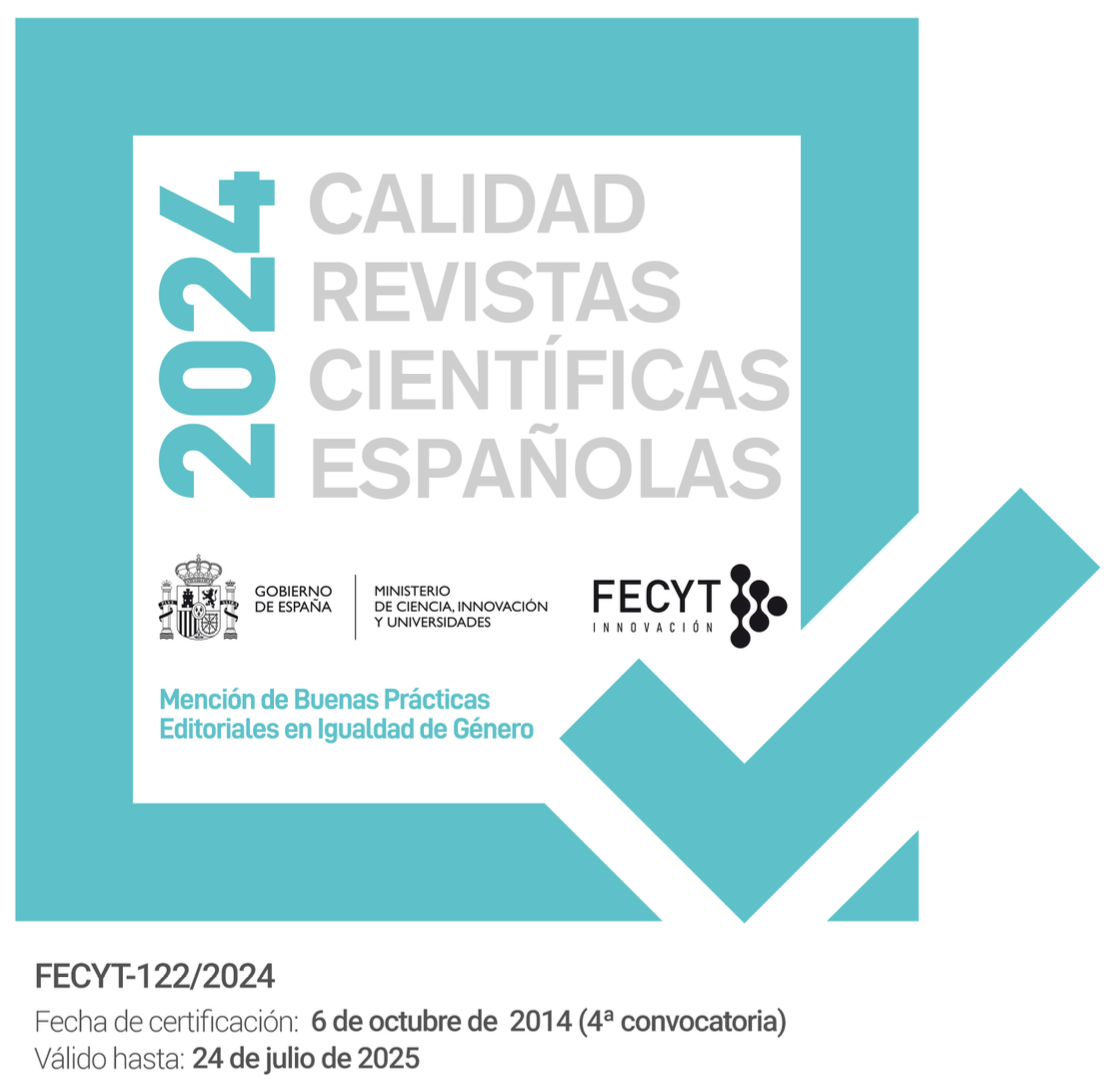The Origins of the Fantastic in Horace Walpole’s Prefaces to The Castle of Otranto
DOI:
https://doi.org/10.28914/Atlantis-2023-45.1.01Abstract
Widely considered the first Gothic novel, The Castle of Otranto (1764) is twice prefaced by an author who is aware of the risks he was taking in challenging the contemporary literary canon. Both texts lay out some of the Gothic particularities found not only in subsequent narratives of this kind, but also in fantastic tales, which will appear half a century later. The aim of this article is to track the origins of the fantastic in Horace Walpole’s prefaces so as to understand it better and discuss its development and divergence from the Gothic. Theories on the Gothic novel and the fantastic are also examined.
Downloads
References
Aikin, John and Anna Laetitia Barbauld. 1792. Miscellaneous Pieces in Prose. The Third Edition. London: Printed for J. Johnson.
—, 1792. “On the Pleasure Derived from Objects of Terror: with Sir Bertrand, A Fragment.” In Aikin and Barbauld 1792, 119-37. [Accessed January 19, 2021].
Aristotle. 1974. Poética. Edición trilingüe de Valentín García Yebra. Madrid: Gredos.
Bayer-Berenbaum, Linda. 1982. The Gothic Imagination: Expansion in Gothic Literature and Art. Rutherford, New Jersey: Fairleigh Dickinson UP.
Benz, Richard. 1908. Märchen-Dichtung der Romantiker. Mit einer Vorgeschichte. Gotha: Verlag von Friedrich Andreas Perthes.
Birkhead, Edith. 1921. The Tale of Terror: A Study of the Gothic Romance. London: Constable & Company.
Campra, Rosalba. 1991. “Los silencios del texto en la literatura fantástica.” In Morillas Ventura 1991, 49-74.
Carroll, Noël. 1990. The Philosophy of Terror: Or Paradoxes of the Heart. New York and London: Routledge.
Carson, James P. 2009. “Enlightenment, Popular Culture, and Gothic Fiction.” In Richetti 2009, 254-76.
Clery, Emma J. and Robert Miles, eds. 2000. Gothic Documents: A Sourcebook (1700-1820). Manchester: Manchester UP.
Coleridge, Samuel Taylor. 1817. Biographia Literaria: or, Biographical Sketches of My Literary Life and Opinions. Vol. I. New York: Kirk and Mercein.
Cortázar, Julio. 1967a. La vuelta al día en ochenta mundos. Vol. I. Buenos Aires: Siglo XXI.
—, 1967b. “Del sentimiento de no estar del todo.” In Cortázar 1967a, 21-26.
—, 1994. Obra crítica/2. Edición de Jaime Alazraki. Madrid: Alfaguara.
“fancy.” 2020. In Merriam-Webster.com. Merriam-Webster. [Accessed January 19, 2021].
Freud, Sigmund. 1919. “Das Unheimliche.” In Imago 5/6, 297-324. [Accessed January 19, 2021].
Genette, Gérard. 1997. Paratexts: Thresholds of Interpretation. Translated by J. E. Lewin. Cambridge: Cambridge UP.
Harris, Robert. 2009. “Notes for The Castle of Otranto (1764).” In Virtual Salt. [Accessed January 12, 2021].
Hoffmann, E. T. A. 2001. Die Serapions-Brüder. In E. T. A. Hoffmann. Sämtliche Werke in sechs Bänden. Vol. 4. Wulf Segebrecht, ed. Frankfurt am Main: Deutscher Klassiker Verlag.
Horace. 1836. The Works of Horace. Edited by C. Smart. Philadelphia, PA: Joseph Whetham.
Ivanovic, Christine, Jürgen Lehmann and Markus May, eds. 2003. Phantastik – Kult oder Kultur? Aspekte eines Phänomens in Kunst, Literatur und Film. Stuttgart and Weimar: J. B. Metzler.
Jackson, Rosemary. 1981. Fantasy: The Literature of Subversion. London: Methuen.
Joshi, Sunand Tryambak. 2012. Unutterable Horror: A History of Supernatural Fiction. Vol. 1. New York: Hippocampus.
Kędra-Kardela, Anna. 2018. “A Cognitive Poetic Approach to Paratext Horace Walpole’s Prefaces to The Castle of Otranto: A Gothic Story.” In Zagadnienia Rodzajów Literackich 61 (4): 55-70.
Killen, Alice M. 1967. Le roman terrifiant. Ou roman noir de Walpole à Anne Radcliffe et son influence sur la littérature française jusqu’en 1840. Paris: Champion.
Lehmann, Jürgen. 2003. “Phantastik als Schwellen-und Ambivalenzphänomen”. In Ivanovic, Lehmann and May 2003, 25-39.
Lewis, Charlton T. and Charles Short. 1879. A Latin Dictionary. Oxford: Clarendon. [Accessed December 27, 2021].
Liddell, Henry George and Robert Scott. 1996. A Greek-English Lexicon. 9th ed. with revised supplement. Oxford: Clarendon. [Accessed January 6, 2021].
Longinus. 1907. On the Sublime. Edited by William Rhys Roberts. Cambridge: Cambridge UP.
López Santos, Miriam. 2008. “Teoría de la novela gótica.” In Estudios humanísticos. Filología 30: 187-210.
—, 2009. “El género gótico. ¿Génesis de la literatura fantástica?” In Arena Romanistica 5. [Accessed January 4, 2021].
Moreno Paz, María del Carmen. 2015. “El origen de la novela gótica inglesa y su recepción en Francia: análisis traductológico de The Castle of Otranto (1764) de H. Walpole y su primera traducción al francés (1767).” In Hikma 14: 95-126.
Morillas Ventura, Enriqueta, ed. 1991. El relato fantástico en España e Hispanoamérica. Madrid: Ediciones Siruela.
Penzoldt, Peter. 1952. The Supernatural in Fiction. London: Peter Nevill.
Poe, Edgar Allan. 1842. “Review of Twice-Told Tales.” In Graham’s Magazine (May 1842): 298-300. [Accessed January 8. 2021].
Punter, David. 1996. The Literature of Terror. A History of Gothic Fictions from 1765 to the Present Day. Vol. 1. London: Longman.
Richetti, John, ed. 2009. The Cambridge Companion to Eighteenth-Century Novel. Cambridge: Cambridge UP.
Roas, David. 2000. La recepción de la literatura fantástica en la España del siglo XIX. Ph.D. diss., Barcelona: UAB.
Roas, David. 2011. Tras los límites de lo real. Una definición de lo fantástico. Madrid: Páginas de Espuma.
Todorov, Tzvetan. 2001. Introduction à la littérature fantastique. Paris: Éditions de Seuil.
Uden, James. 2018. “Horace Walpole, Gothic Classicism, and the Aesthetics of Collection.” Gothic Studies 20 (1): 44-58.
Viegnes, Michel. 2006. L’envoûtante étrangeté. Le fantastique dans la poésie française (1820-1924). Grenoble: Presses universitaires de Grenoble.
Walpole, Horace. 1765. The Castle of Otranto: A Story. Translated by William Marshal, Gent. From the Original Italian of Onuphrio Muralto. Canon of the Church of St. Nicholas at Otranto. London: Tho. Lownds.
—, 1973. The Yale Edition of Horace Walpole’s Correspondence, 1933-1973. 48 vols. Vol. 3. Edited by Wilmarth S. Lewis. Yale: The Lewis Walpole Library. [Accessed January 12, 2021].
—, 2003. The Castle of Otranto: A Gothic Story and The Mysterious Mother: A Tragedy. Edited by Frederick S. Frank. Peterborough: Broadview.
Worrall, David. 2014. “Undiscovered 1821 Surrey Theatre Performances of Horace Walpole’s The Mysterious Mother (1768).” Gothic Studies 16 (2): 1-19.








